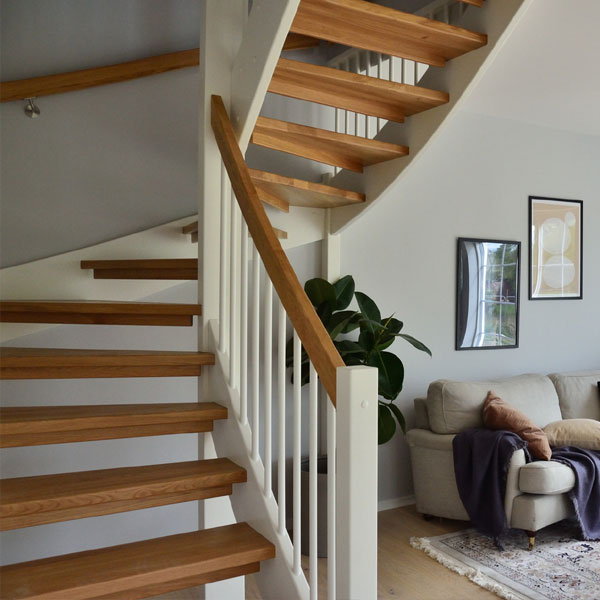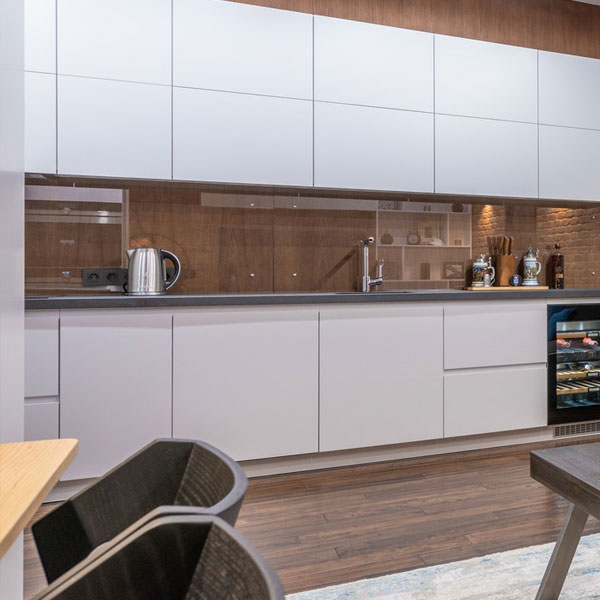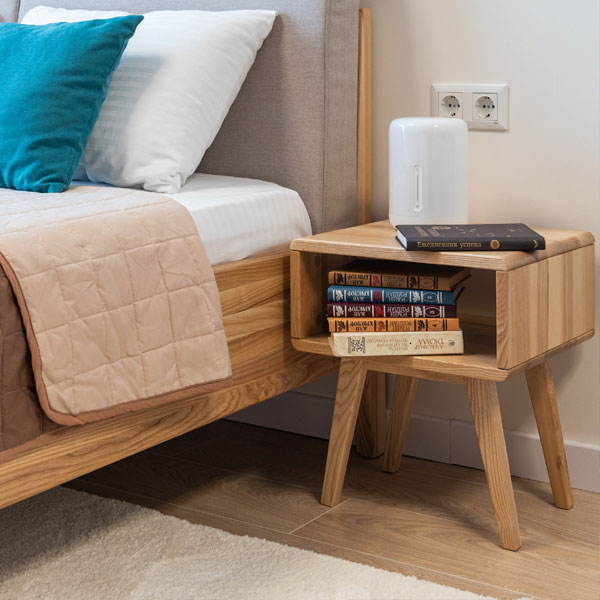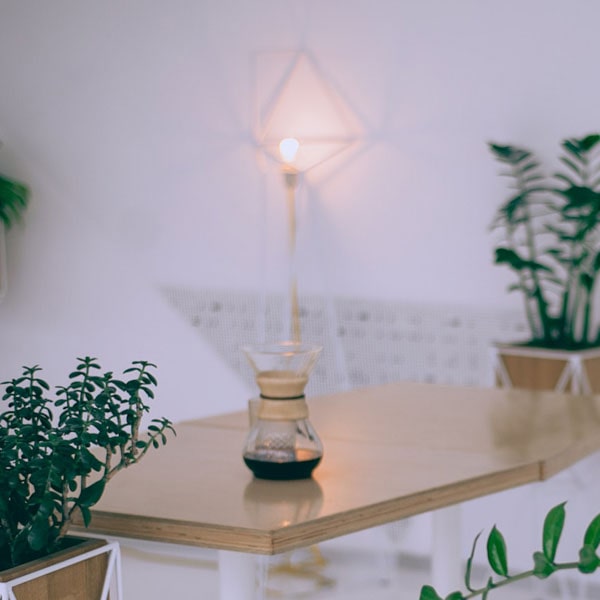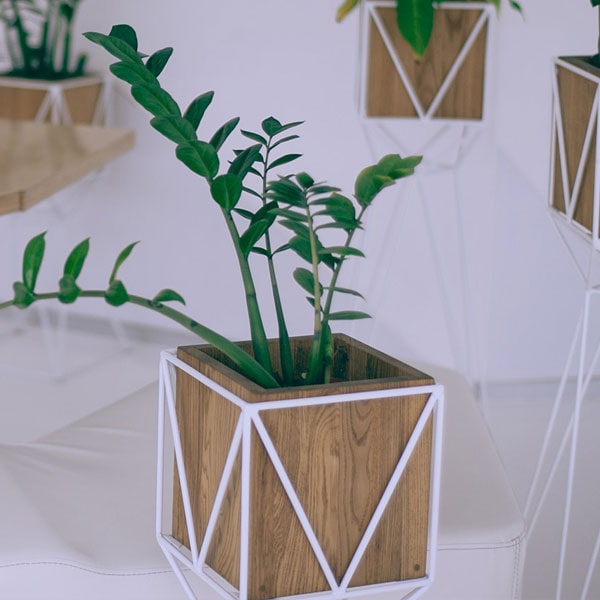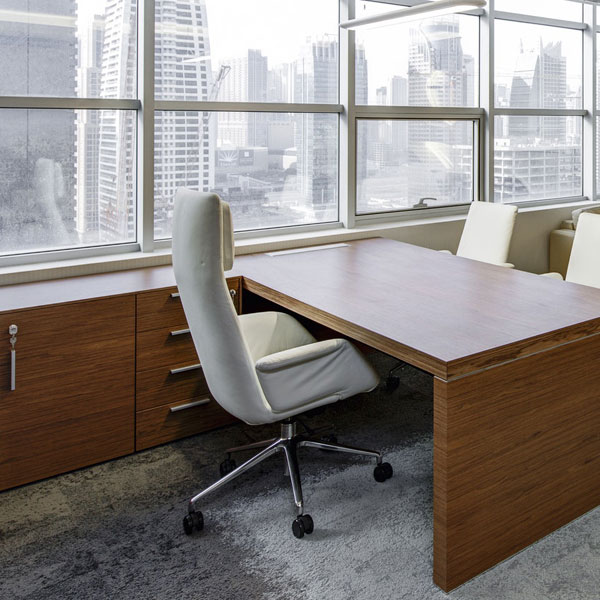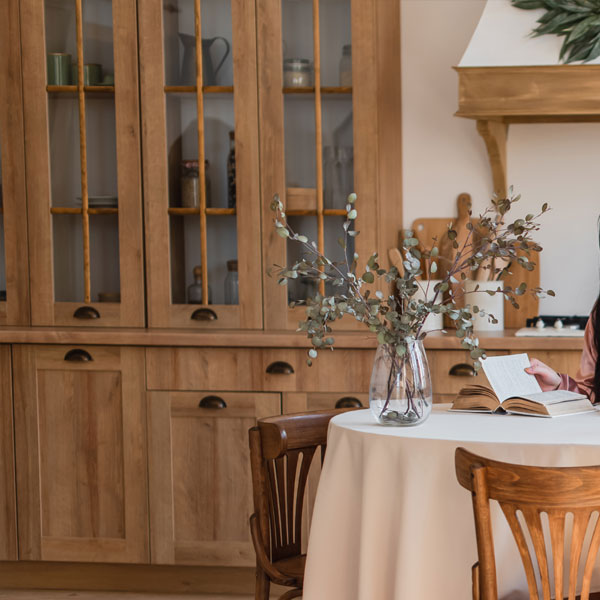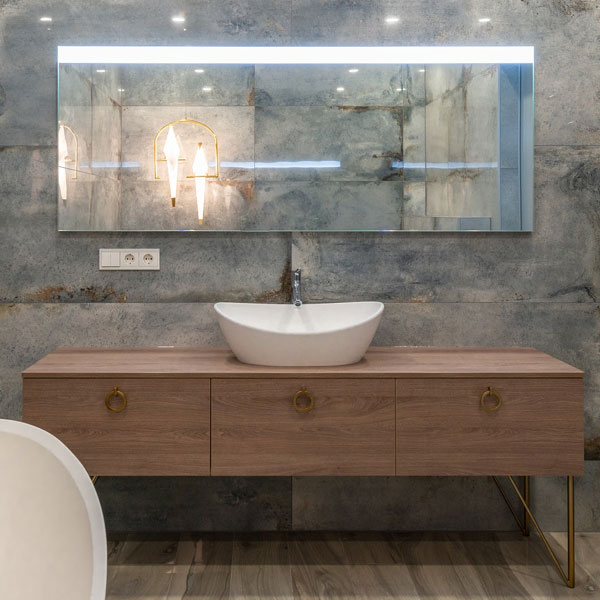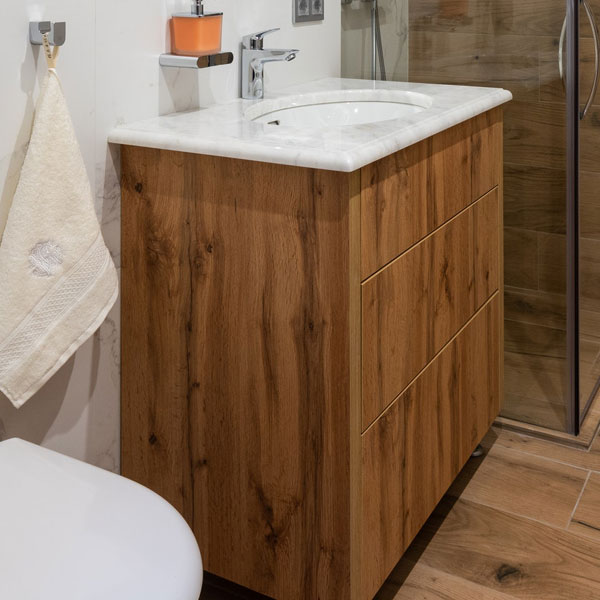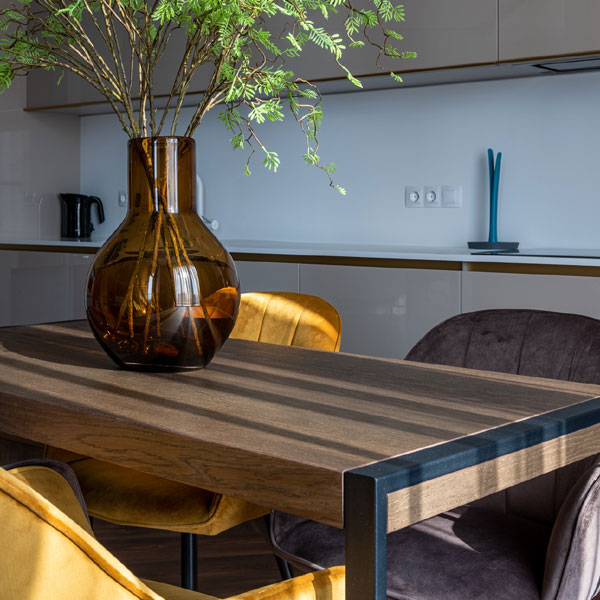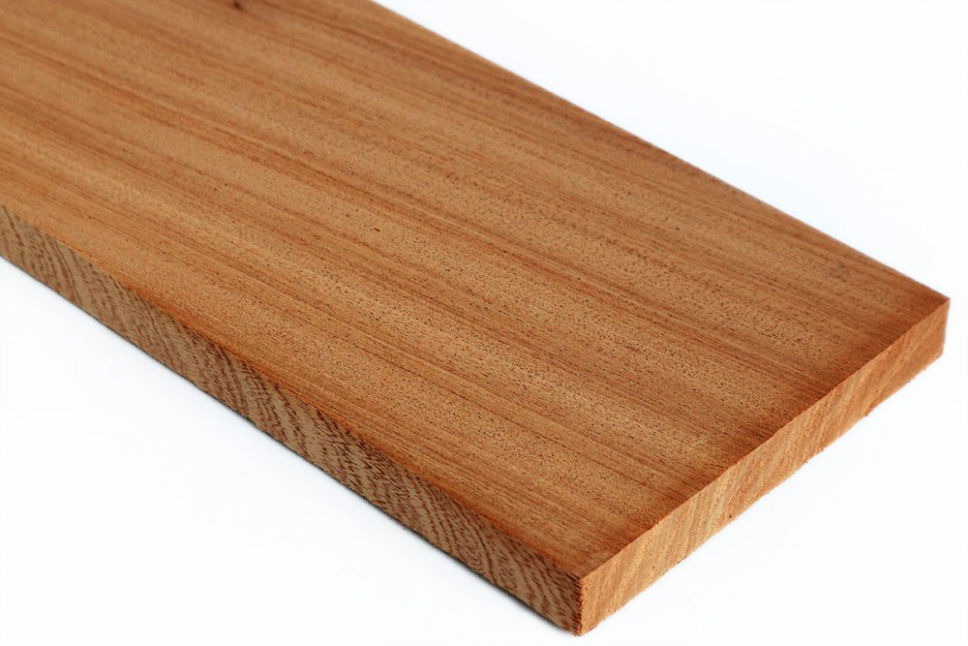
What is Sapele Wood?
Sapele is a tropical African wood that may reach heights of up to 45 meters and diameters of up to 10 meters. According to the best wood suppliers in India, the easiest places to find sapele, which is from West Africa, are Tanzania, Nigeria, and Ghana. In comparison to African mahogany, it is both tougher and heavier, weighing about 640 kg/m3 when dry. In addition, this wood can be found in Uganda, in Zaire in the east, and from the Ivory Coast to the Cameroons.
In the Janka test, which gauges a wood’s resistance to dents and wear, sapele is rated at 1500, making it 16% harder than red oak, which is rated at 1210 Janka. Sapele is highly durable and is rated at 1500. It can be used both indoors and outdoors thanks to sapele’s good resilience, strength, and density. It can also be used for panelling, doors, conservatories, furniture, picture frames, flooring, architraves, and other things. Get this wood from Palnet Expo, one of the best exotic wood suppliers in India.
According to the best, exotic wood suppliers in India, the color and grain patterns of Sapele Wood are strikingly similar to those of Mahogany. Sapele wood’s heartwood is a golden to dark reddish brown color that darkens with age if not treated with finishing oils that prevent oxidation. The heartwood of Sapele wood may contain ribbon patterns in addition to a number of other figured patterns, including wavy and quilted, due to the interlocking grain structure. Because of its striking pattern, sapele has an exotic appearance.
Workability
Due to its interlocking grain, sapele can be difficult to work with in some machining operations (such as planing, routing, etc.), leading to tearout. As observed by exotic wood dealers in India, when in close contact with iron, it will also react by discoloring and staining. Sapele spins, glues, and finishes well but has a small blunting impact on cutters.
Sustainability
Common Uses
We exclusively provide Sapele Wood in log form:
- Only round logs are available
- On request, sapele logs can be sawn
- Origin: Africa

